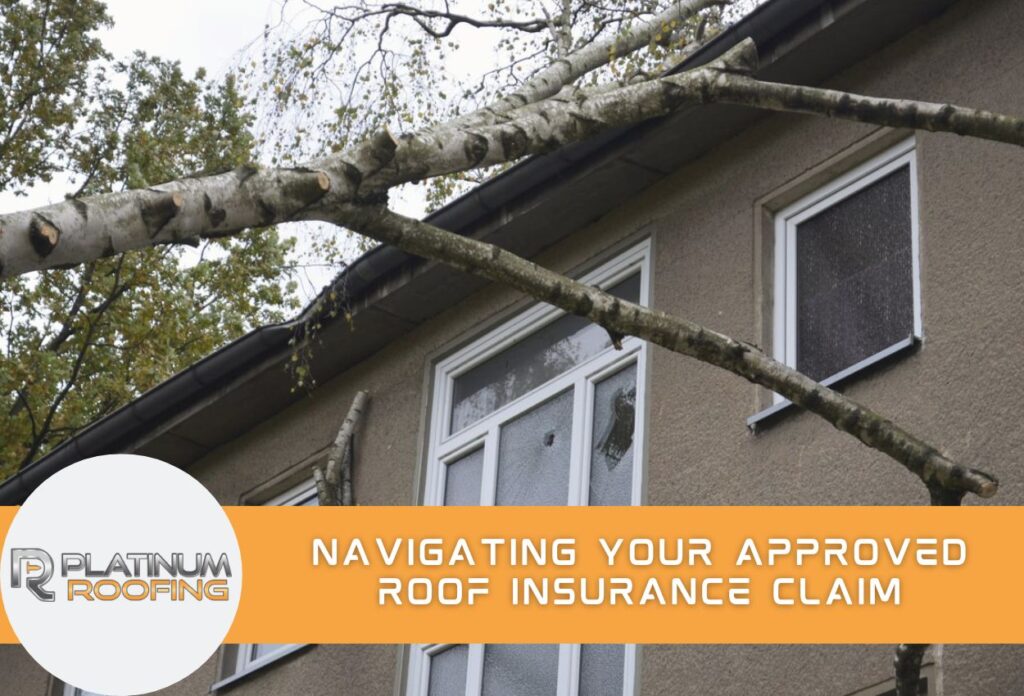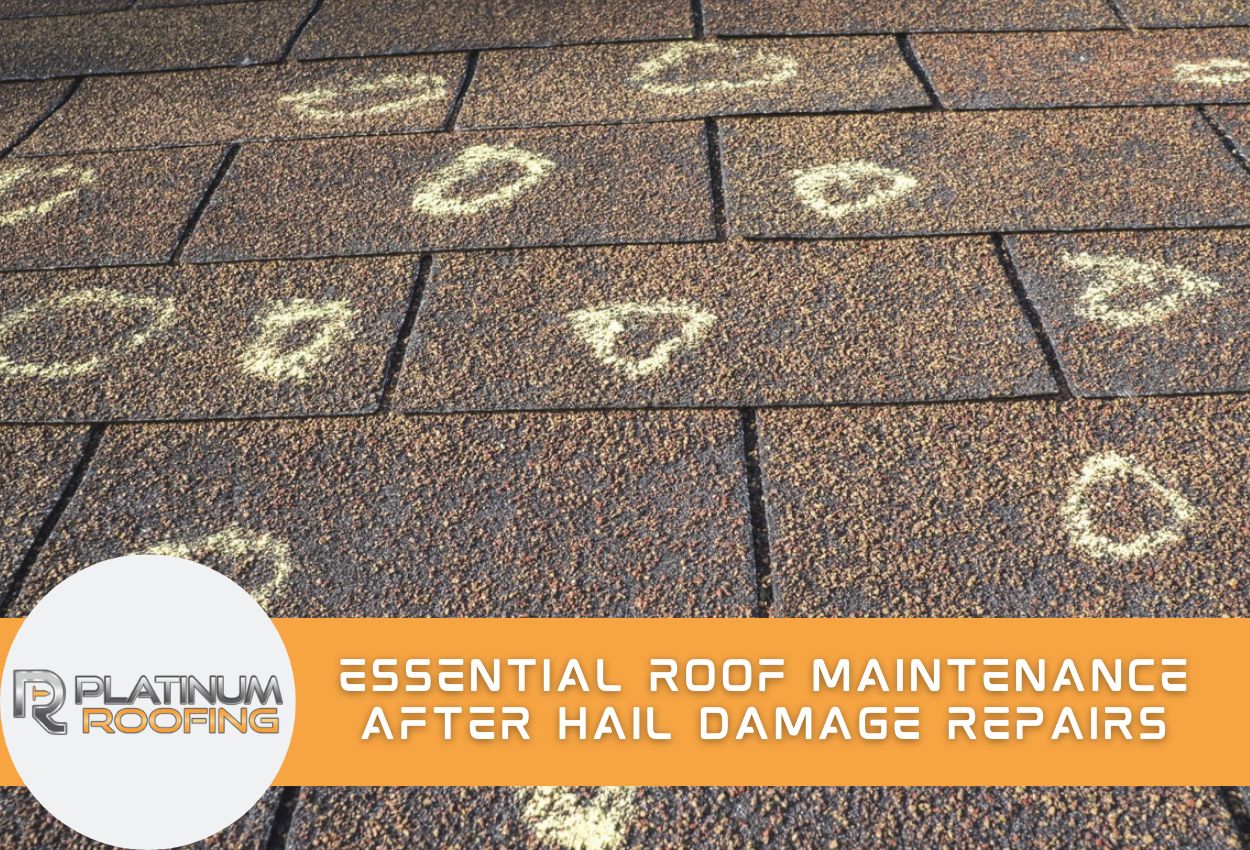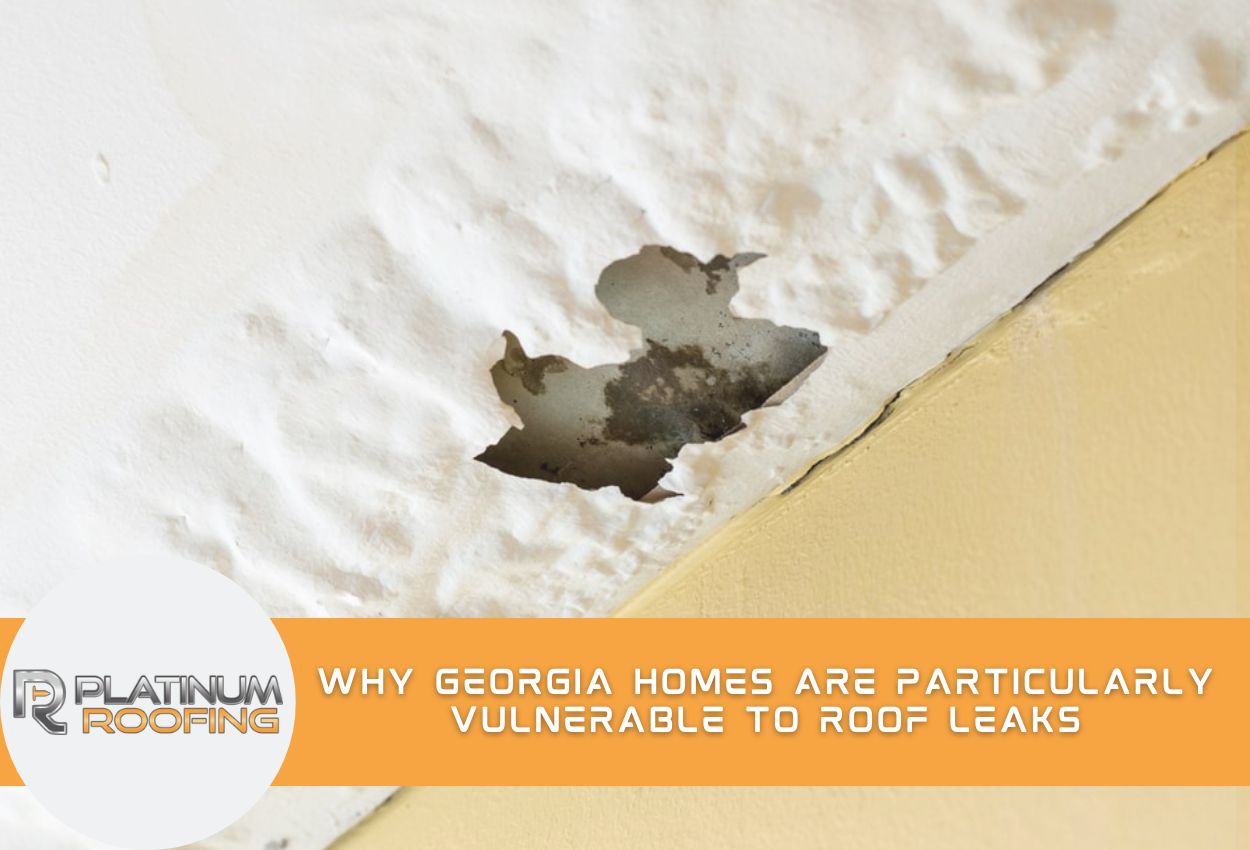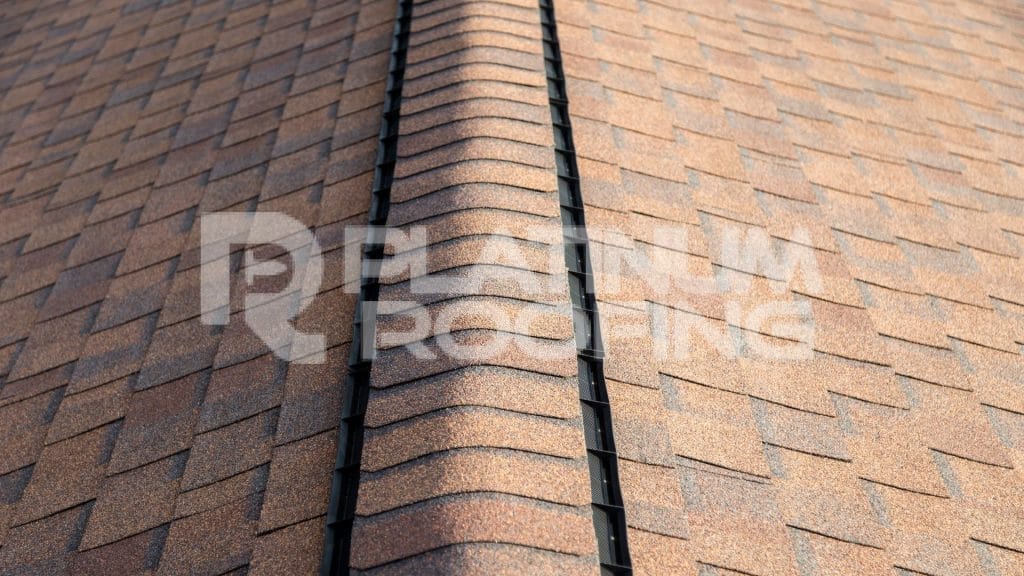Navigating Your Approved Roof Insurance Claim: What to Do Next

Receiving approval for your roof insurance claim brings immediate relief, but it also marks the beginning of an important process to restore your home. For homeowners across Georgia and Alabama, understanding the path from claim approval to completed roof repair is crucial for a stress-free experience.
After your insurance company approves your roof replacement, several critical steps must be taken to ensure quality repairs and proper handling of your insurance payout. The typical timeline from approval to completion ranges from two to six weeks, depending on contractor availability, weather conditions, and material delivery schedules.
Successful management of your roof repair after claim approval requires attention to detail and clear communication with both your insurance company and roofing contractor. Many homeowners feel uncertain about how to proceed once they receive the good news of approval, especially regarding when funds will be disbursed and how to select a qualified roofing professional.
The roof insurance payout process varies by insurance provider, but understanding the general procedure helps you navigate potential delays and complications. Coordination between your insurance adjuster and chosen roofing contractor is essential for a smooth transition from approval to the actual roof installation.
Understanding Your Insurance Payout Process
Once your roof insurance claim is approved, navigating the payout process becomes your next challenge. Most insurance companies don’t simply hand over a lump sum payment. Instead, they typically release funds in stages for roof repairs. The initial payment often represents the actual cash value (ACV) of your damaged roof, which factors in depreciation based on age and condition. The remaining portion, called the recoverable depreciation, is released after repairs are completed and documented.
Your policy type significantly impacts this process. Replacement cost value (RCV) policies cover the complete cost to replace your roof with a new one of similar quality after your deductible is paid. ACV policies only cover the depreciated value, potentially leaving you with significant out-of-pocket expenses.
When reviewing your claim documentation, pay close attention to the scope of work and approved materials. This details exactly what repairs and materials your insurance company has agreed to cover. If your chosen Georgia or Alabama roofing contractor’s estimate exceeds the approved amount, identify the discrepancies and discuss them with your insurance adjuster. Common differences include material quality, labor costs, or overlooked damage.
Understanding supplemental claims is also crucial. If additional damage is discovered during repairs, your contractor can help document evidence that you can submit to your insurance company for additional coverage consideration.
Selecting the Right Roofing Contractor for Insurance Work
After your insurance claim is approved, choosing the right roofing contractor becomes your most critical decision. The quality of your roof replacement and the smoothness of your insurance process largely depend on this selection.
Look for roofing contractors with proper state licensing and insurance, specifically for Georgia or Alabama. Qualified contractors should carry both liability insurance and workers’ compensation coverage to protect you from potential liability during your roof replacement. Manufacturer certifications like GAF Master Elite® or Owens Corning Preferred contractor status indicate superior training and access to premium warranties.
Verify their process for documentation and paperwork management. Professional contractors will have systems in place to track all communications about your project, document all damage thoroughly, and provide detailed invoices that match insurance specifications. This attention to detail often results in faster payment processing and fewer complications throughout your roof repair timeline.
Preparing Your Home for Roof Replacement
With your insurance claim approved and contractor selected, preparing your home for roof replacement is essential for a smooth project. Prior to your roofing crew’s arrival, take time to protect your landscaping by covering delicate plants and flowers with tarps or plywood. Move outdoor furniture, grills, and vehicles away from your home to prevent potential damage from falling debris and give workers adequate space to maneuver materials and equipment.
Inside your home, remove fragile items from walls and shelves, particularly on your top floor, as the hammering and removal process can cause significant vibration. If you have an accessible attic, consider temporarily relocating stored valuables since dust and debris may filter through during the roof replacement process. Identify and protect items in your garage or storage areas that could be affected by falling dust when ceiling areas are exposed.
In Georgia and Alabama, permit requirements for roof replacements vary by municipality. Most jurisdictions require building permits for complete roof replacements, though repairs covering less than a specific percentage of the roof may be exempt. Professional roofing contractors familiar with local building codes should handle this documentation as part of their service. They’ll ensure compliance with specific requirements like wind resistance standards in coastal Georgia areas or Alabama’s enhanced codes for regions prone to severe weather.
Before work begins, discuss with your contractor how they plan to protect your property throughout the roof insurance payout process, including cleanup procedures and material staging areas, to minimize disruption to your daily routine.
Managing the Roof Replacement Process
Once your roof replacement project begins, knowing what to expect helps reduce stress and ensures a successful outcome. Most roof replacements in Georgia and Alabama take one to three days for average-sized homes, though larger or complex roofs may require additional time. A professional roofing crew typically arrives early, beginning with protecting your landscaping and setting up debris containment systems before removing the old roofing materials.
Weather conditions significantly impact the roof replacement timeline. Summer thunderstorms and humidity in the Southeast can cause unexpected delays. Quality contractors build weather contingencies into their schedules and have protection plans ready if unexpected rain occurs mid-installation. They’ll also monitor temperature forecasts, as extreme heat can affect shingle installation.
Maintaining clear communication throughout the process is vital. Establish a primary contact at your roofing company who can provide daily updates and address your concerns if any arise. Keep your insurance adjuster informed of the project timeline, especially if there are delays or if additional damage is discovered during the tear-off process. Document everything with photos, particularly any newly revealed issues that weren’t included in the original claim.
Request regular progress updates from your contractor, and don’t hesitate to ask questions about unfamiliar procedures or materials. Professional roofers welcome homeowner questions and understand the importance of transparency when handling major projects. This helps ensure your new roof meets both insurance requirements and your expectations for protection and appearance.
Final Inspections and Warranty Considerations
As your roof replacement nears completion, the final inspection process is a crucial step in securing both your insurance payout and long-term protection. Most insurance companies require documentation that the work was completed according to the approved scope before releasing the final depreciation payment. This typically includes photos of the finished roof and a final invoice matching the insurance-approved estimate.
Local building code inspections are another essential component of the process. Throughout Georgia and Alabama, municipalities require inspections to verify that your new roof meets current building standards. Your roofing contractor should coordinate these inspections and provide you with documentation showing code compliance, which may be necessary for future insurance claims or when selling your home.
Manufacturer warranty certification is the final verification step. Quality roofing contractors will register your new roof with the manufacturer to activate extended warranty coverage. This documentation should be carefully preserved alongside your insurance claim paperwork, final inspection reports, and contractor warranty information in a secure location.
Documentation of your completed roof replacement has multiple purposes in addition to finalizing your insurance claim. These records establish a maintenance history that can be valuable for future claims, provide proof of professional installation if warranty issues arise, and demonstrate to potential buyers that your home has been properly maintained, potentially increasing resale value. After your roof insurance claim process is complete, schedule annual inspections to maintain warranty validity and identify minor issues before they require another insurance claim.
Handling Challenges and Disputes After Claim Approval
Even after your roof insurance claim is approved, unexpected challenges can arise during the replacement process. In Georgia and Alabama, where weather patterns can be unpredictable, delays due to rain or severe storms are common obstacles. Material shortages may extend your project timeline. When additional damage is discovered during tear-off, such as rotted decking or structural issues, your contractor should document these findings immediately and help file a supplemental claim with your insurance company.
Communication is your best defense against these challenges. Establish clear expectations with your contractor about how weather delays will be handled and what contingency plans exist for material shortages. Request regular updates throughout the project, especially when complications arise. Most reputable roofing companies have experience navigating these challenges and can guide you through their fixes.
If disputes arise with your insurance company, Georgia homeowners can contact the Office of Insurance and Safety Fire Commissioner, while Alabama residents should reach out to the Alabama Department of Insurance. Both states have resources that can help mediate disputes. Document all communications in writing and maintain detailed records of all work performed, as this documentation is helpful when resolving disagreements about the scope or quality of roof repairs after claim approval.
Choose Platinum Roofing for Your Next Roofing Project in Georgia and Alabama
Now that your roof insurance claim has been approved, selecting the right contractor is crucial. At Platinum Roofing, we have extensive roofing experience in both Georgia and Alabama. Our licensed team is familiar with local building codes and is an expert in roof replacements, making us the ideal choice for your roofing needs.
We pride ourselves on our transparent communication and meticulous attention to detail, from securing necessary permits to conducting thorough final inspections. Our commitment to quality and customer satisfaction ensures that your roofing project will be completed on time, within budget, and to your full satisfaction.
Don’t let the complexities of an insurance claim slow you down. Call Platinum Roofing today at (229) 561-3107 to schedule a consultation and take the next step towards a secure and beautifully restored roof.





